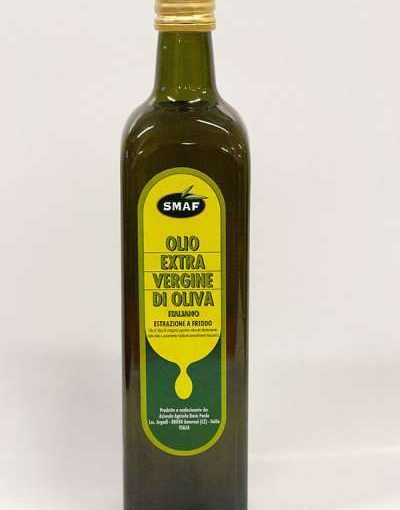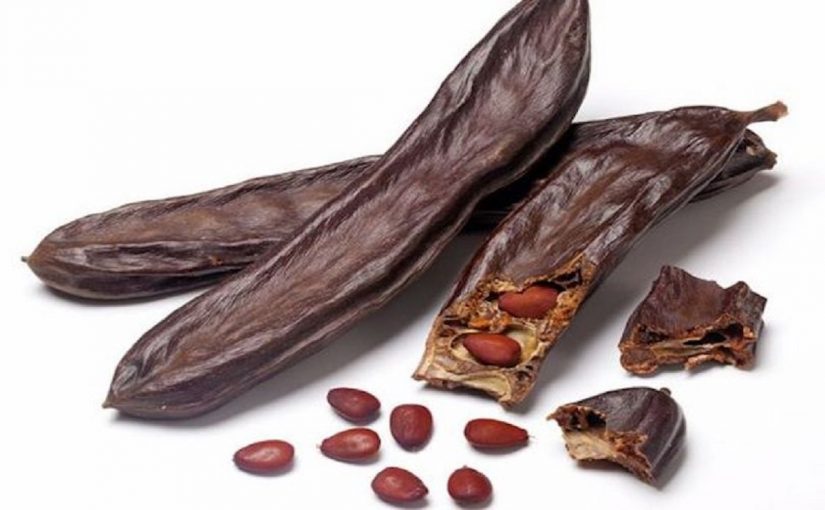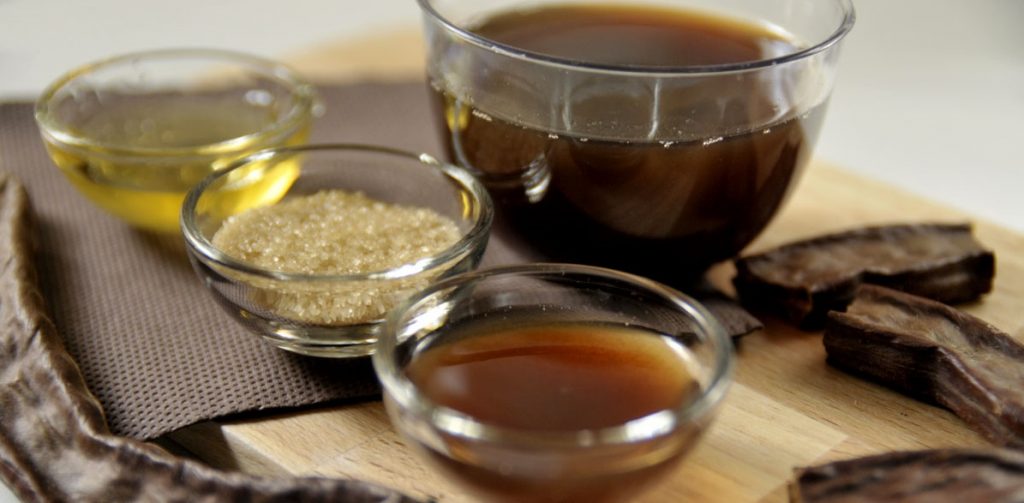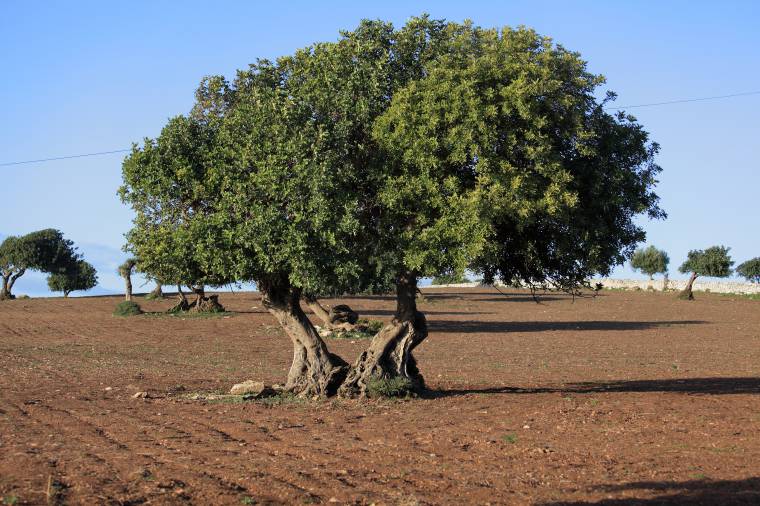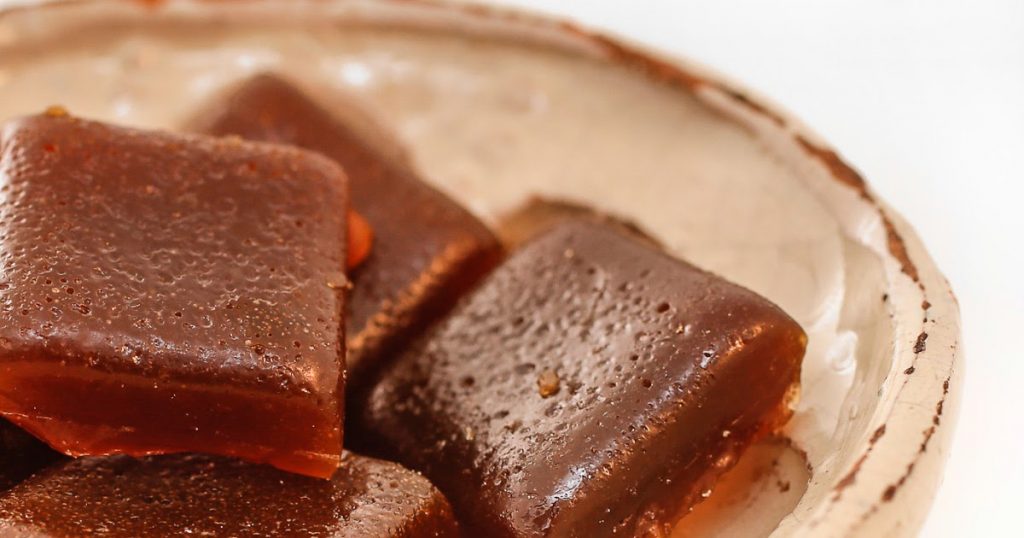14.12.2021
We proudly present our line of Authentic Calabrian Olive Oils: SMAF Ltd selection. All these oils are extra-virgin, and of two main types: Regular and Biological.
QUALITY AND WELLNESS
SMAF LTD deals with all the olive oils labelled in Calabrian DOPs. However, among the oils, stand out the Calabrian “extra-virgin oil”, regular or biological.
Calabria is, now, the source of 25% PRODUCTION OF ITALIAN OLIVE OIL; at the same time, among the top six olive oil of the world, two are Calabrian, and, commercially, Calabrian oil is sold to wholesalers who take this dense, robust Calabrian olive oil and mix it with that of other regions.
Generally speaking, Calabrian olive oil is a very safe and HEALTHY FOOD for the every-day life, providing monounsaturated fats, which can naturally lower cholesterol and risk of heart disease. Further, extra-virgin oil contains antioxidants very useful for said heart healthy. This wholesome antioxidant-rich product also contains vitamin E, renowned for its anti-cholesterol and anti anti-ageing effect. Dubbed as olive oil’s most beneficial health component, its polyphenols are potent antioxidants that neutralize free radicals in the body and reduce the risk of heart disease, high blood pressure, digestive problems and certain types of cancer.
As a SYMBOL OF THE MEDITERRANEAN DIET, Calabrian extra virgin olive oil represents an important addition to export product range of Calabria. Its finest Organic Olives are carefully selected and cold pressed – enjoying all the full, fruity flavours of this healthy oil.
Calabrian Extra Virgin Olive Oil have colors ranging from green to straw-yellow and has a distinct fruity flavor and aroma with a slight tinge of bitterness.
After careful growing, a delicate harvesting by hand, and cold pressing in cutting-edge olive press, Calabrian extra virgin olive oil fully reflects authentic tastes and aromas of the land, where the trees grew. In fact, two mains, typical Calabrian Olive Varieties are CAROLEA and NOCELLARA.
Traditionally, these two type of olive trees have always had a symbiotic relationship with grapevines. Therefore, the interaction of the plants with the nearby environment influences the low acidity and a nice depth scent combined with a certain refinement of delicate tones of the oil. Calabrian oil are normally “fruity” with hints of almonds and artichokes as well as a pleasantly spicy note. This rare spicy note is sometimes called ‘pizzicante’ flavour of extra virgin olive oil, and is very important as an indication that the oil is rich in polyphenols. Further, this luscious oil always features fragrant hints of almonds, basil and parsley, and notes of artichoke, lettuce, wild thistle and chicory.
In GASTRONOMY Calabrian olive oil is ideal on fish and in fish sauces, but also substantial enough to match nicely with meat, game, and vegetables. Extremely tasty, this oil is ideal to enhance the flavour of a wide variety of dishes, from pasta to meat courses, cheeses and bruschettas. Especially, extra virgin olive oil from Calabria is ideal when paired with shrimp, lobster, turbot and sea bream, mushrooms, soft cheese, mayonnaise, couscous and yeast-raised cakes. Finally, sweet and fragrant, this aromatic oil will glorify the flavor of any dish to the fullest, embodying a well-balanced bitterness with a light spicy aftertaste.
The typical way to produce Calabrian oil are two: MULTICULTIVAR or MONOCULTIVAR.
The latter means that oil is made from a single variety of olives harvested (during the peak of Calabrian Autumn in October) from olive trees grown in the exquisite clay soil of the Calabrian region.
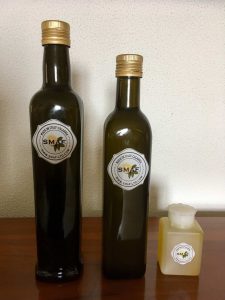
All the extra virgin olive oils produced in Calabria derive from cold pressing of olives, without the use of heat or chemicals. This ensures that oils maintain an acidity level of less than 0.8% and retain all the positive nutritional benefits of the olives, including good cholesterol, vitamin E and anti-inflammatory properties.
OUR SELECTION
SMAF LTD is an intermediary of Calabrian olive oil corresponding to the trade names provided for in Directive 136/6623 / EEC, Reg. EC 2568/91 and Reg. EC 1989/03.
The types we guarantee are:
- Extra virgin olive oil with an acidity of less than 0.8%
- Virgin olive oil with an acidity up to 2%
- Olive oil composed of fine oils and oils of virgin olives with an acidity not exceeding 1%
- Saffron oil and derivatives of saffron oil of raw olives.
SMAF Associates LTD operates in the Calabrian extra virgin olive oil sector as a mediator – national and international “Broker”. Our activity towards Calabrian extra virgin olive oil comes from a long experience in the agricultural products market, in the activities of buying, selling, import-export, logistics, sea-to-land transport, insurance and customs issues.
Our brokerage deals with import-export to USA, Canada, Europe and Eastern countries, from Calabria, Italy, for quality fruit and vegetables of the best brands. We give the right importance to quality Calabrian extra virgin olive oil by transporting it directly from the manufacturer. We guarantee our business partners the utmost seriousness and we have clients of great international prestige. Among the other brokerage countries: Argentina, Australia, Belgium, Brazil, Canada, Chile, China, Croatia, Egypt, Ethiopia, Philippines, France, Germany, Great Britain, India, Lithuania, Morocco, Mexico, Myanmar, Slovenia, Spain, Thailand, Turkey, Ukraine, Hungary, USA and Vietnam.
Our company is the leader in the distribution of Calabrian extra virgin olive oil.
The presence of liaison offices in Calabria ensures us a strategic position for the supply and distribution of goods. We are the privileged interlocutor for the Commercial and Collective Catering World and all the business forms that need a service high level as well as a constant and customized quality standard.

